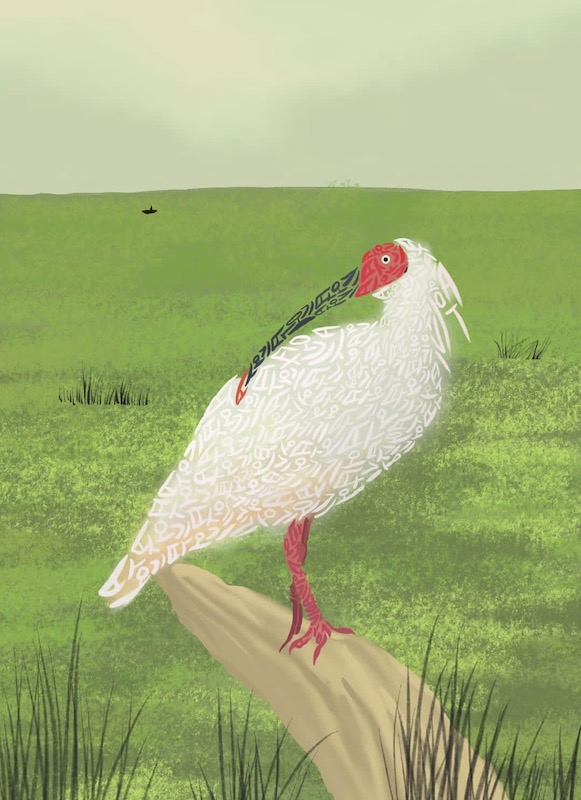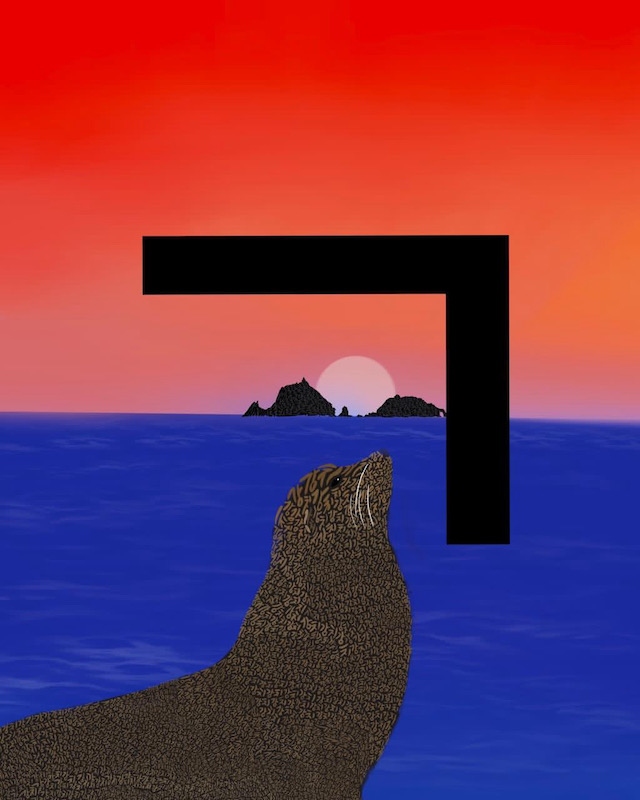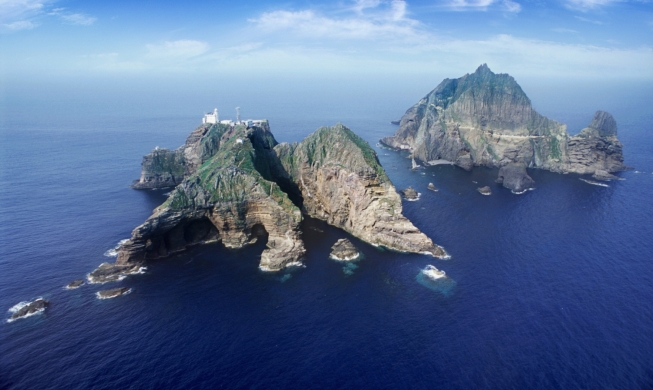- 한국어
- English
- 日本語
- 中文
- العربية
- Español
- Français
- Deutsch
- Pусский
- Tiếng Việt
- Indonesian
By Honorary Reporter Viktoriia Holovach from Ukraine
Photos = Jin Gwan-woo
Hangeul Day, a national holiday that falls on Oct. 9 every year, honors the creation and proclamation of the Korean alphabet.
Highlighting the importance of this day, I interviewed Jin Gwan-woo, a Korean artist who draws endangered animals using Hangeul. Calling herself "passionate about creating art that spreads awareness of biodiversity through Hangeul paintings," she is an environmental bioscience major who has turned a hobby into her life.
Jin has shown her works at the Brick Lane Gallery Annexe Exhibition in London,
The following are excerpts from the Oct. 2 interview via Instagram.
Have you seen any changes in biodiversity or status of endangered species because of your works?
I don't think there's a significant effect yet that can be called "change." But I do feel that more people are interested in learning about biodiversity. I feel our program has the specific goal of raising public awareness. It would be great if we could expand our impact a bit more and reach out to academia.
Do you feel that the status of the Korean language has changed?
With the rise of Hallyu and global spread of K-dramas, I see more global interest in learning Korean than before. (The artist in October 2021 gave an interview to a Korea.net Honorary Reporter, and the story is on the following link: www.korea.net/NewsFocus/HonoraryReporters/view?articleId=204536.)

"Polar Bear"
Why did choose to incorporate Hangeul into your art?
Hangeul holds a special place in Korean culture, representing our identity and a language that we must protect. It can convey the unique identity of a word, and any changes in phonetics can alter its meaning. Similarly, biodiversity is interconnected, where each species serves as a "word" in an ecosystem. Preserving these words collectively forms a rich ecosystem, and this concept underlines the importance of protecting both Hangeul and our natural world.

"Crested Ibis"
What goal do you wish to achieve through your animal-themed works?
I want to raise awareness of the need to create more habitats and foster coexistence among animals, humans and nature. Before discussing environmental protection, we must recognize that every species has unique habits and characteristics, making their preservation essential.
What is your method for choosing animals?
I tend to use the names of animals as they are. By highlighting these names, I want to remind people that these animals exist and their importance in our ecosystem.
What are your plans?
First, I aim to offer classes on biodiversity and Hangeul at Korean-language education institutions abroad. People can learn about these subjects while enjoying the process of drawing and learning animal names. Second, I want to see in person the animals I've depicted in their natural habitats to understand how they're being protected.

"Sea Lion and Dokdo"
What is your favorite among your works?
One of my favorites is "Giyeok, Gieok," meaning "Extinction, Memory," which features sea lions, a species declared extinct in Korea in 1994. I created this work to emphasize the importance of remembering endangered species. Sea lions were driven to extinction due to overfishing, serving as a stark reminder of the consequences of neglecting our environment.
msjeon22@korea.kr
*This article was written by a Korea.net Honorary Reporter. Our group of Honorary Reporters are from all around the world, and they share with Korea.net their love and passion for all things Korean.
Most popular
- Grammy-winning producer calls Suga of BTS 'amazing artist'
- 'Universal love, family' themes fuel success of 'King of Kings': director
- Council sets minimum hourly wage in 2026 at KRW 10,320
- Expansion of foreign app system raises tourist convenience
- Nat'l population diversity rose nearly 8% from 2018-22: study
